Tackling Ant Invasion: A Comprehensive Approach
In Oklahoma, the diversity and presence of ant species are quite significant, posing a unique challenge to residents who have fought their fair share of battles against one of the most annoying pests.
According to The Ant Keeper, there are at least 8 ant species that exist in the state alone, which vary in behavior, habitat preferences, and the damage they can inflict on properties and humans.
This reality has made it hard for homeowners like you to effectively tackle ant infestations. Without a deep understanding of the specific species invading their homes, you may find yourself in a continuous loop of short-term fixes that fail to address the root of the problem.
We've curated a list of the best strategies to guide you in combating these house invaders. This guide is designed to provide effective solutions and insights into managing ant infestations.
Understanding Ants in Oklahoma
Ants are an incredibly diverse group of insects. According to National Geographic, there are over 12,000 known species of ants. Each of these species has unique characteristics and behaviors, allowing them to adapt to various environments around the world.
In Oklahoma, there are about eight known species of ants, each with its own distinct lifestyle and habitat preferences.
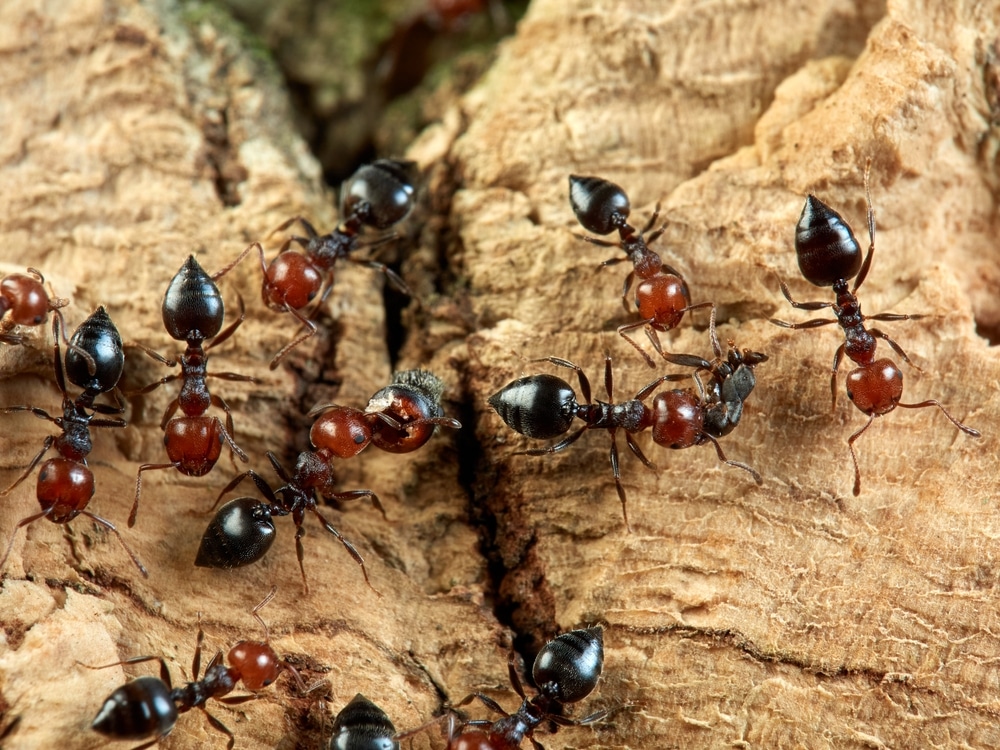
Acrobat ants are notable for their heart-shaped abdomens and are typically light brown to black. When threatened, they exhibit a distinctive behavior of lifting their abdomens over their bodies. These ants usually enter homes in search of food and water and are particularly attracted to areas with damp or damaged wood.
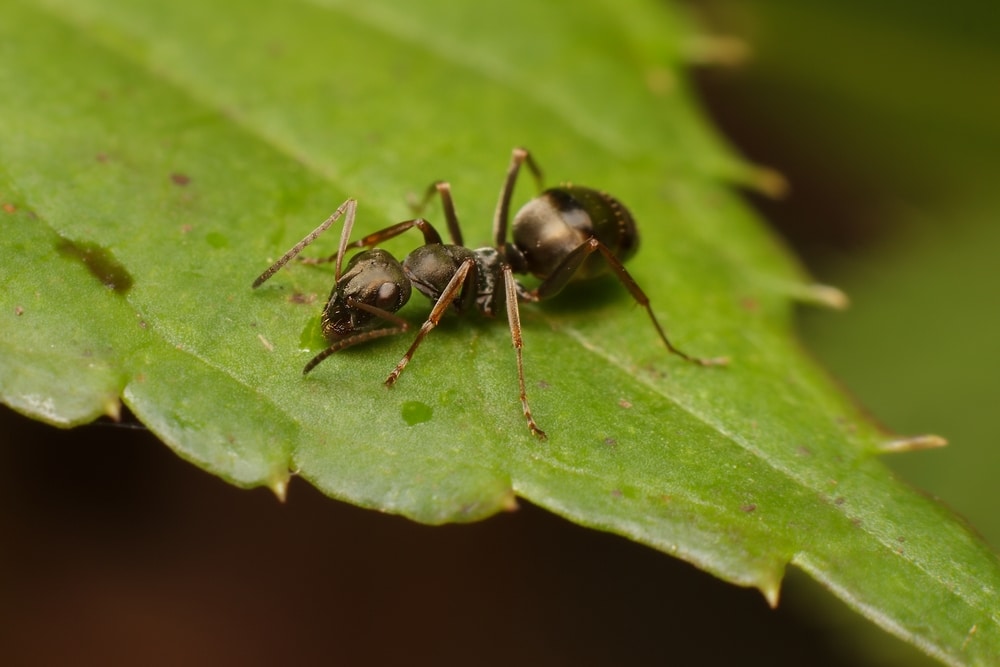
Formica ants, often confused with carpenter ants, come in larger sizes and vary in color from black to brown or reddish. They are known for their aggressive nature and can bite painfully. Their main reason for invading homes is to find sweets and meats, but especially during dry conditions when they need water.
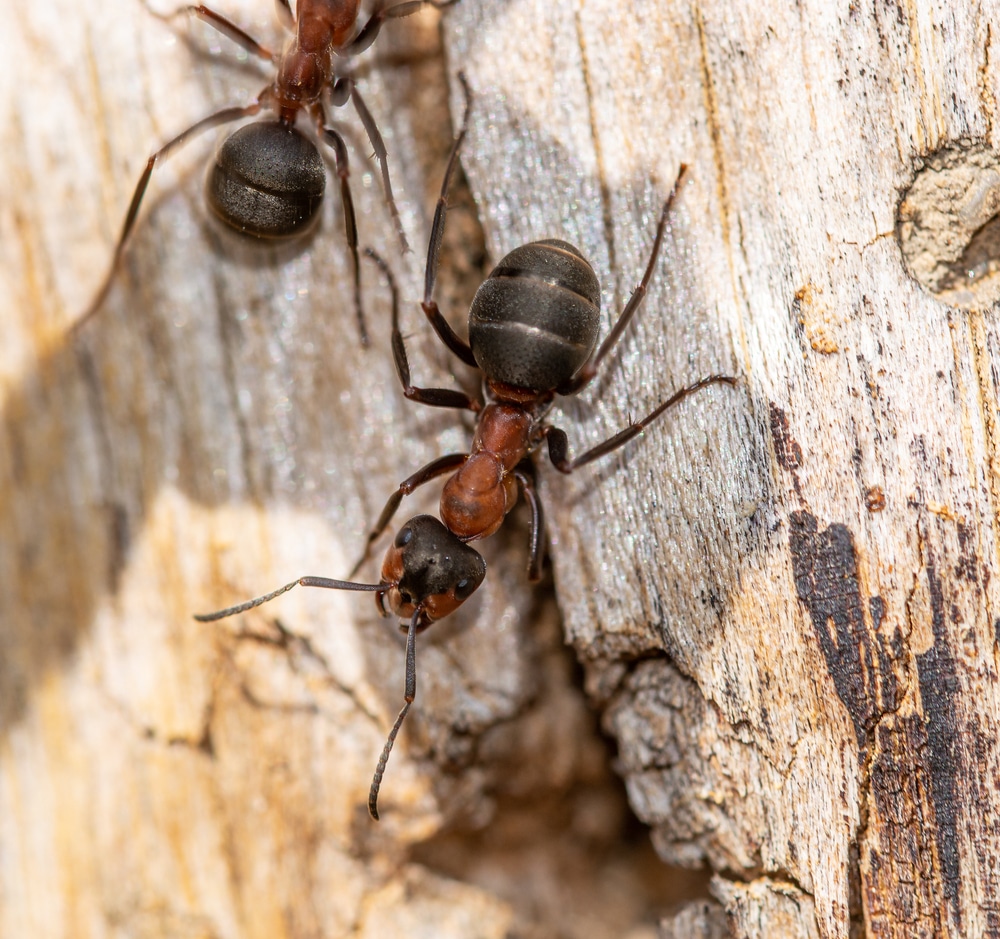
Field ants display varied colors, including black, brown, or red, and are larger ants that build noticeable mounds in open areas. They are less aggressive compared to other species but will bite if their nests are disturbed. These ants find their way into homes by accident while foraging for food like sweets and greasy items.
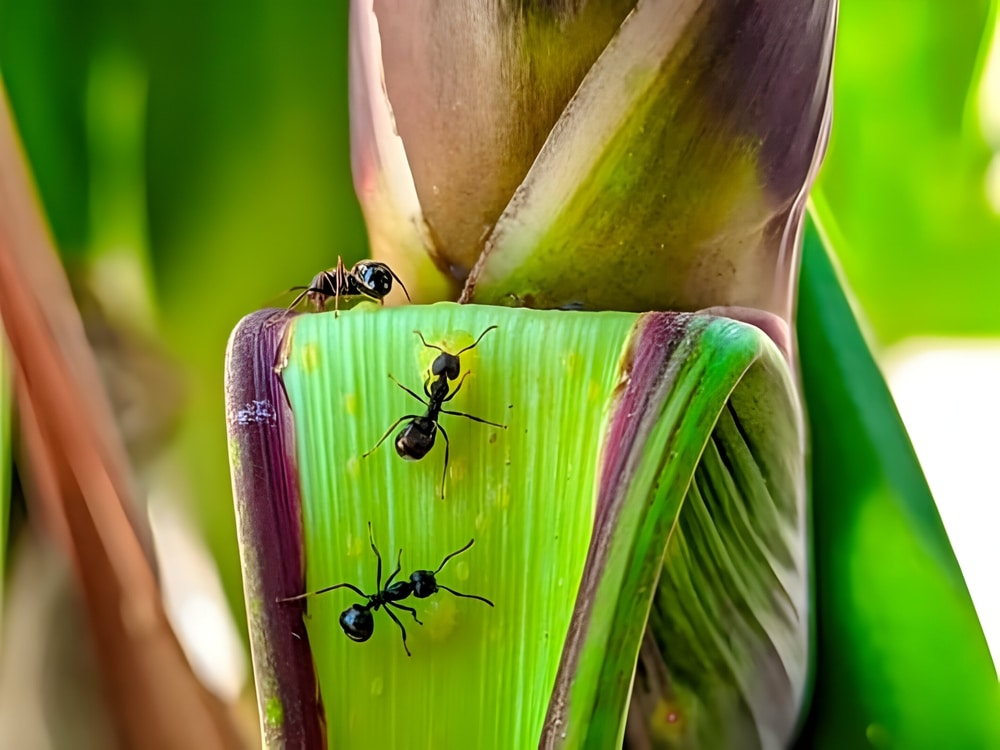
Little black ants, true to their name, are small and dark black. They form large colonies and can be quite aggressive in defending their nest. They come into houses looking for sweet and protein-rich foods, water, or a cozy place to keep them safe from harsh weather.
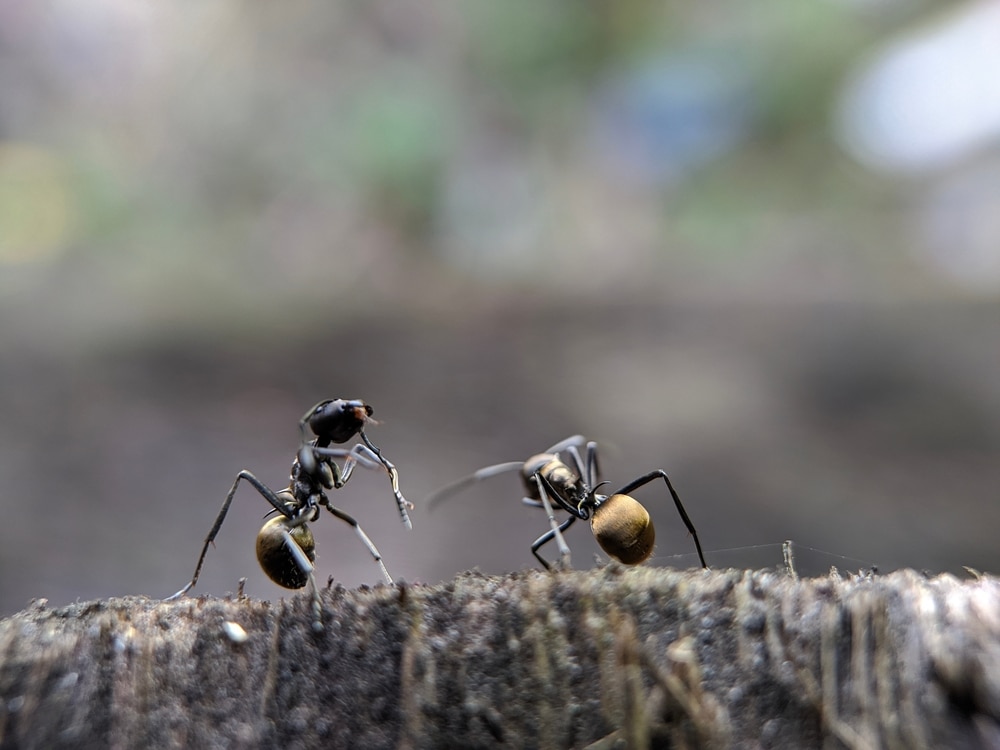
Odorous house ants are small, ranging in color from brown to black, and are known for emitting a rotten coconut smell when crushed. They are persistent in their search for food, forming long trails to sources of sweet foods. They invade homes in search of sweet foods, moisture during dry conditions, and a warm shelter during colder months.
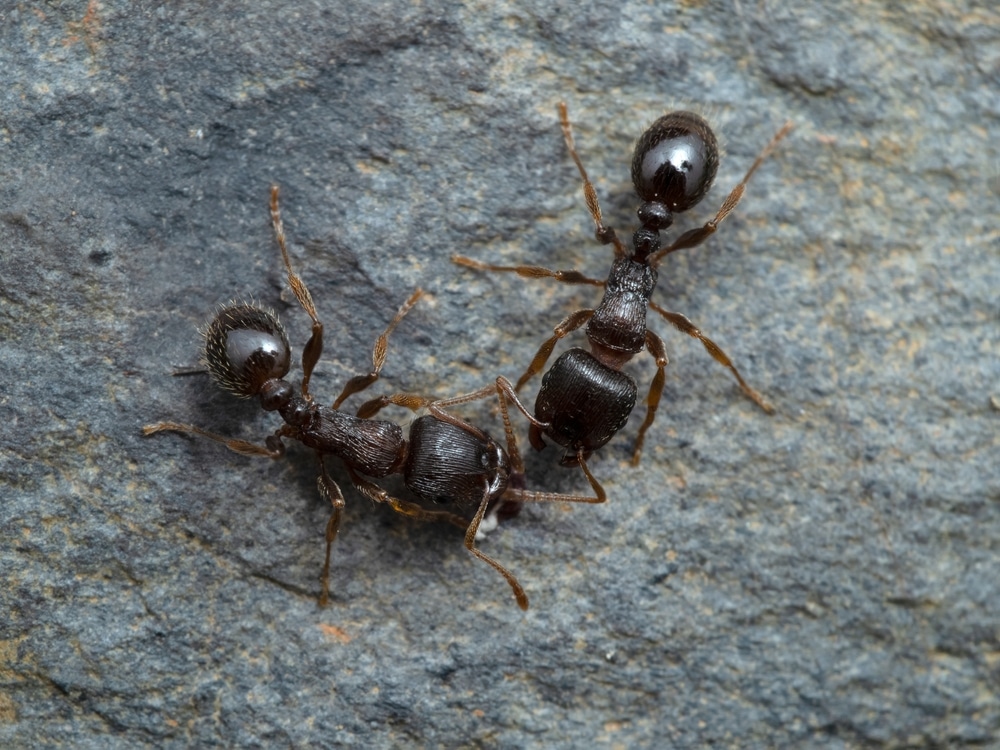
Pavement ants are small, brown to black ants frequently found near sidewalks and building foundations. Known for their large colonies, they typically seek greasy and protein-rich foods in homes and may also enter buildings to escape harsh weather conditions.
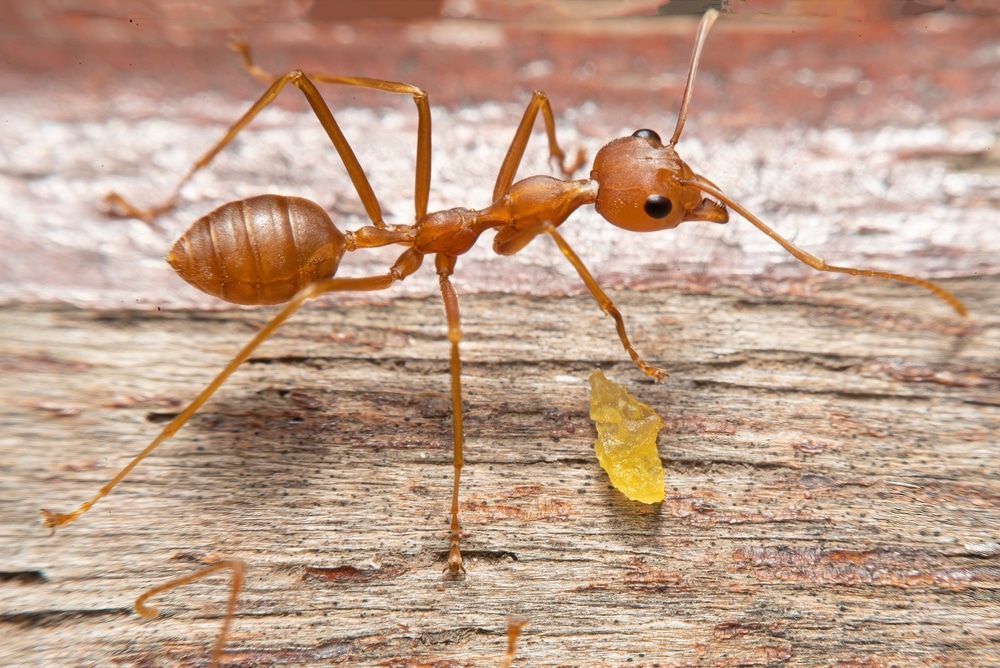
Red imported fire ants are reddish-brown and notorious for their painful sting. They exhibit aggressive behavior, especially when their nests are disturbed. Their invasion of homes is often driven by environmental conditions like floods or heavy rains, as they seek food, particularly meats and greasy items, and warmth.
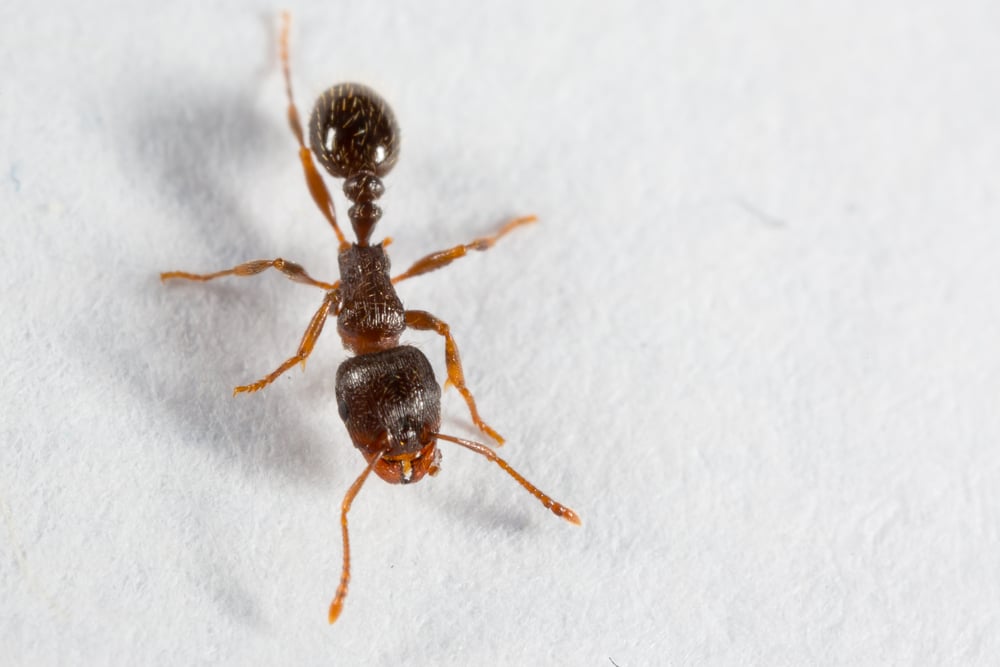
Red pavement ants, like Pavement ants but with a reddish hue, are less aggressive than fire ants but still vigorously defend their nests. They are drawn to homes in search of sweet and greasy foods, moisture, and sometimes as a refuge from outdoor disturbances or extreme weather conditions.
Ant Prevention Tips
Ants may be tiny, but the damage they can bring to one's home can be significant. These small insects can compromise the cleanliness and structural integrity of your house. This reality underscores the implementation of effective prevention strategies to protect your estate from these persistent invaders.
- Seal Entry PointsInspect and seal potential entry points around your home to prevent ants from getting in. Check for cracks and crevices in walls, windows, and doors, as ants can enter through the smallest openings. Pay particular attention to areas where utility pipes enter the home. Use caulk or another suitable sealant to repair these gaps, creating a barrier that ants cannot cross.
- Maintain CleanlinessKeeping your home clean is one of the most effective ways to deter ants. Regularly wipe down kitchen counters, sweep floors, and clean up food spills immediately to remove potential food sources that attract ants. Also, ensure that all food is stored in airtight containers and avoid leaving leftovers or food scraps out in the open.
- Manage MoistureAnts are attracted to moisture, so addressing any damp areas in your home can help keep them away. Fix any plumbing leaks as soon as they are identified and use dehumidifiers in humid areas like basements or bathrooms. Keeping your home dry and well-ventilated can significantly reduce the appeal to ants.
- Dispose of Garbage RegularlyProper garbage management is key in preventing ant invasions. Use garbage bins with tight-fitting lids and regularly dispose of waste to prevent buildup. A clean and tidy garbage area reduces the chances of attracting ants looking for food sources.
- Trim Vegetation Away from Your HomeVegetation near your home can act as a bridge for ants to enter. Regularly trim back trees and bushes so they don’t touch your house. Also, manage garden beds by avoiding mulch or soil buildup against your home’s foundation, as this can provide an ideal habitat for ants.
- Monitor for Ant ActivityRegularly check your home for signs of ant activity, particularly in the kitchen and bathrooms where they are most likely to seek food and moisture. Early detection and quick action can prevent a small group of ants from turning into a full-blown infestation. If you notice a few ants, clean the area thoroughly and try to determine their point of entry
DIY Solutions Against Ant Invasion
There’s nothing more frustrating than walking into your kitchen first thing in the morning, bleary-eyed, and ready to start your day with a cup of coffee only to find a trail of ants invading your pantry – such a sore in the eye. This is where DIY solutions come into play; they offer a practical and immediate response to these uninvited guests.
Vinegar Solution
Vinegar, especially when mixed with water, creates a strong-smelling solution that disrupts ants' pheromone trails. This makes it difficult for them to communicate with their colony and move back and forth from their nests to target food sources, and vice versa.
How to use: Mix equal parts of vinegar and water in a spray bottle. Spray directly on ants and their trails, and around entry points. Wipe down surfaces after spraying to remove ant trails.
Pros:
- Non-toxic and Safe: Vinegar is a safe alternative to chemical pesticides, posing no harm to children or pets.
- Readily Available: It's a common household item, making it an easily accessible solution.
- Effective Trail Disruption: The strong scent of vinegar effectively erases the scent trails ants use to navigate, making it harder for them to find their way back.
Cons:
- Strong, Unpleasant Odor: Vinegar has a pungent smell that may be off-putting to some people.
- Short-Term Solution: While it disrupts ant trails, vinegar does not eliminate the ants or their nest, requiring frequent reapplication for continued effectiveness.
- Potential Surface Damage: Vinegar can be corrosive to certain surfaces, so caution is advised.
Lemon Juice
Lemon juice confuses ants by masking their scent trails, making it hard for them to find food and return to their nest. This simple disruption effectively repels ants from their target area.
How to use: Squeeze fresh lemon juice or use concentrated lemon juice and mix it with water. Use a spray bottle to apply the solution along ant trails, around entry points, and on surfaces where ants are seen.
Pros:
- Safe and Natural: A non-toxic option that is safe for use in homes, especially where there are children and pets.
- Pleasant Smell: Leaves a refreshing citrus scent in the treated areas.
- Trail Disruption: Like vinegar, it interferes with ants' ability to follow their scent trails.
Cons:
- Temporary Effectiveness: Lemon juice needs to be reapplied often as its effect wears off quickly.
- Limited Action: It may not be effective against all types of ants and doesn't address the root cause of the infestation.
- Sticky Residue: Lemon juice can leave a sticky residue, which might require additional cleaning.
Essential Oils
Essential oils like peppermint, tea tree, and lemon emit strong scents that disrupt the pheromone trails used by ants for navigation and communication. This confusion prevents ants from finding food sources and establishing trails, effectively acting as a natural deterrent.
How to use: Mix a few drops of essential oil (like peppermint or tea tree oil) with water in a spray bottle. Spray around windows, doors, and other ant entry points. Essential oil-soaked cotton balls can also be placed in these areas.
Pros:
- Natural and Eco-friendly: They offer a chemical-free alternative for ant control.
- Aromatic Benefits: These oils not only repel ants but also leave a pleasant scent in the home.
- Versatile Use: They can be used in different ways, offering flexibility in application.
Cons:
- Regular Application Needed: The scent diminishes over time, so frequent reapplication is necessary.
- Allergen Concerns: Some people or pets may have allergic reactions to certain oils.
- Variable Effectiveness: Their efficacy can vary based on the type of ant and the concentration of the solution.
Homemade Baits (Sugar and Borax)
Homemade baits made from sugar and borax attract ants with the sweet sugar, while the borax acts as a poison that they unknowingly carry back to their colony. Once ingested by other ants and the queen, the borax weakens their digestive system and eventually eliminates the entire colony.
How to use: Mix boric acid with a sweet bait (like sugar or honey) and a little water to form a paste. Place small amounts of this mixture near ant trails and entry points. Keep it away from children and pets.
Pros:
- Colony Targeting: The bait can reach the colony and potentially eliminate the queen, addressing the infestation at its source.
- Cost-effective: Made with inexpensive and common household ingredients.
- Discreet Placement: Baits can be placed out of sight, under appliances or in cabinets.
Cons:
- Toxicity Risk: Borax is poisonous and poses a risk if ingested by children or pets.
- Delayed Results: It can take several days to see the effect as ants need time to carry the bait back to their nest.
- Maintenance Required: Baits may need to be refreshed regularly to maintain effectiveness.
Diatomaceous Earth
Diatomaceous earth is a powder made from the fossilized remains of diatoms, a type of algae. It works mechanically, not chemically. When ants walk over DE, the sharp edges of the particles cut through their exoskeletons, causing them to dehydrate and die.
How to use: Lightly sprinkle the DE powder along ant trails, near entry points, and around the perimeter of your home. Avoid creating thick layers, as ants will avoid them.
Pros:
- Non-toxic and Eco-friendly: A natural substance that is safe for the environment.
- Direct Effectiveness: Kills ants by physical means, making it an effective option for direct ant control.
- Wide Range of Use: Can be used both indoors and outdoors.
Cons:
- Limited to Dry Conditions: DE loses its effectiveness when wet.
- Inhalation Hazard: The fine particles can be an irritant if inhaled, requiring careful application.
- No Nest Impact: It kills individual ants but does not affect the colony or nest.
DIY vs. Professional Pest Control Solutions
While at-home ant control may be affordable and easy to do, it may not always be as effective, especially when dealing with larger or more resilient ant infestations. Some situations call for a more comprehensive approach that only professional pest control services can provide.
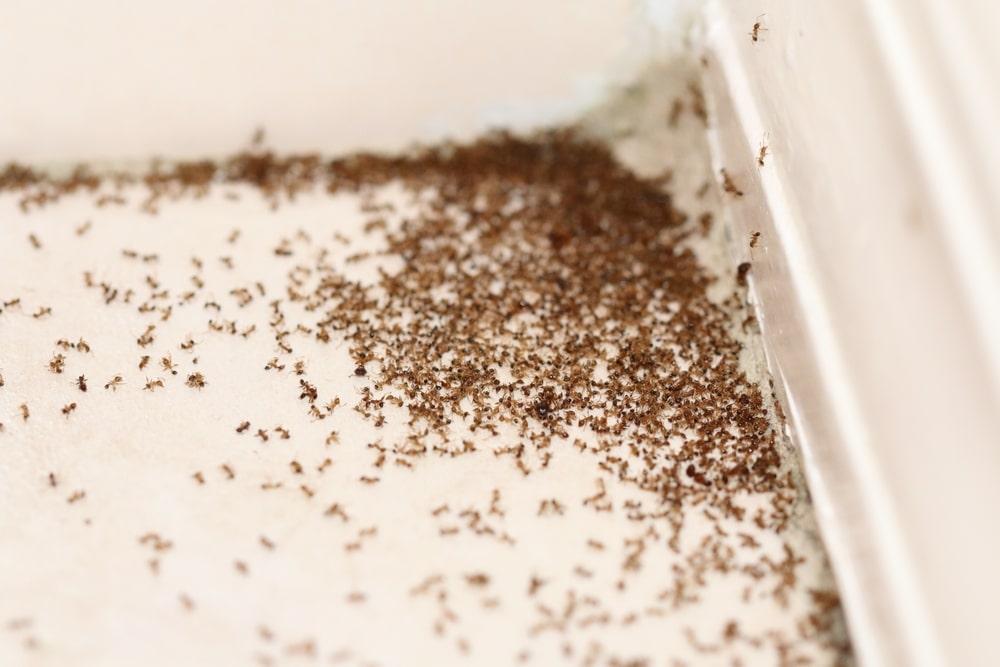
If an ant colony is particularly large or widespread, it might be beyond the reach of over-the-counter solutions. Professionals have access to more potent treatments that can cover larger areas and penetrate deeper into nests.
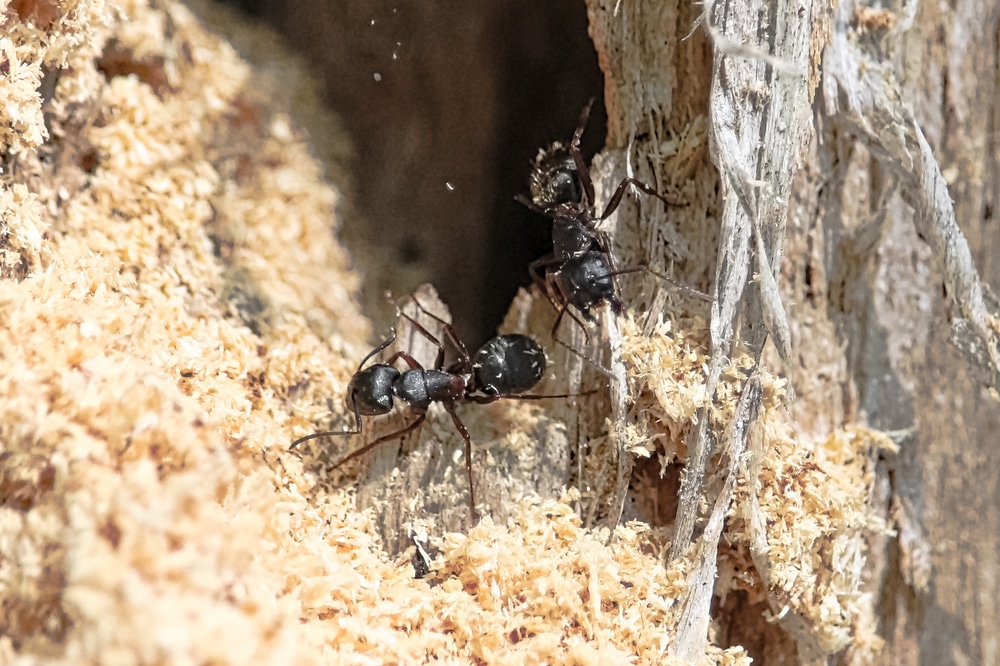
Some ant species, like carpenter ants, pose a threat to the structural integrity of homes by burrowing into wood. In such cases, professional intervention is crucial to prevent significant damage.
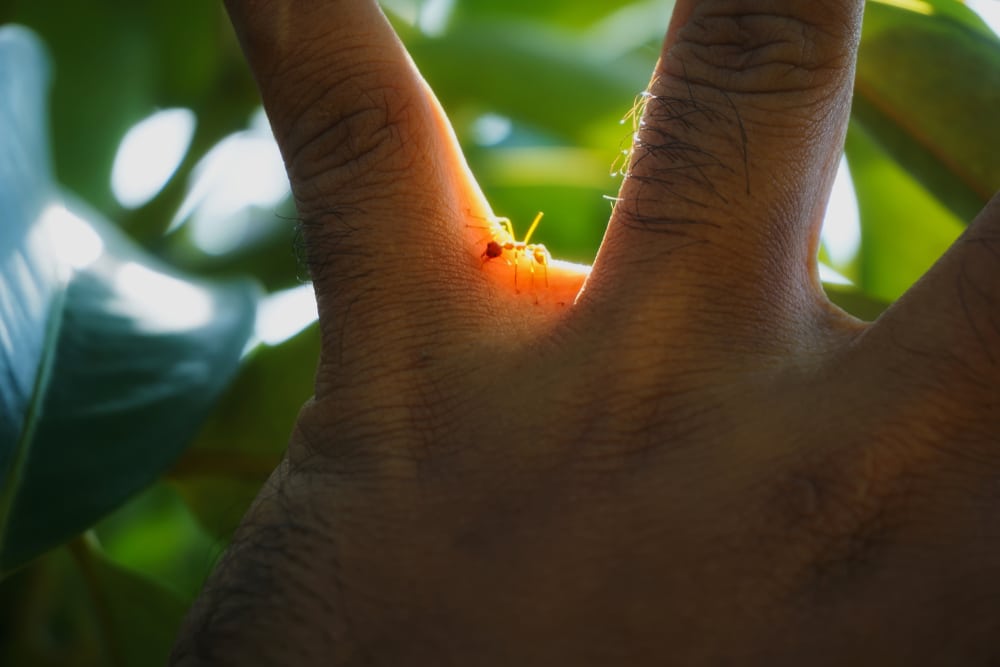
Certain types of ants, such as fire ants, can be aggressive and pose a risk of stings or bites, which can be particularly hazardous to individuals with allergies. Professionals can safely and effectively manage these risks.
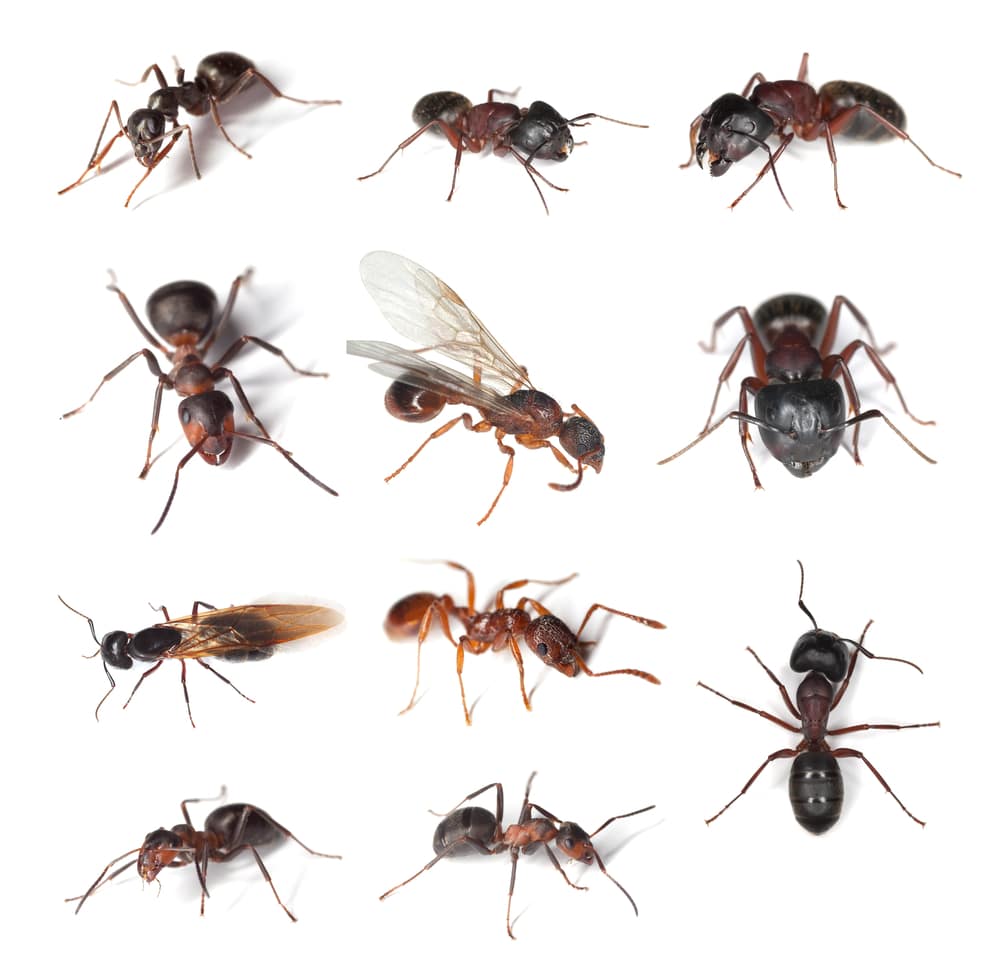
Correctly identifying the ant species is key to effective treatment. Professionals can accurately identify the species and understand their behavior, allowing for a more targeted and successful control strategy.
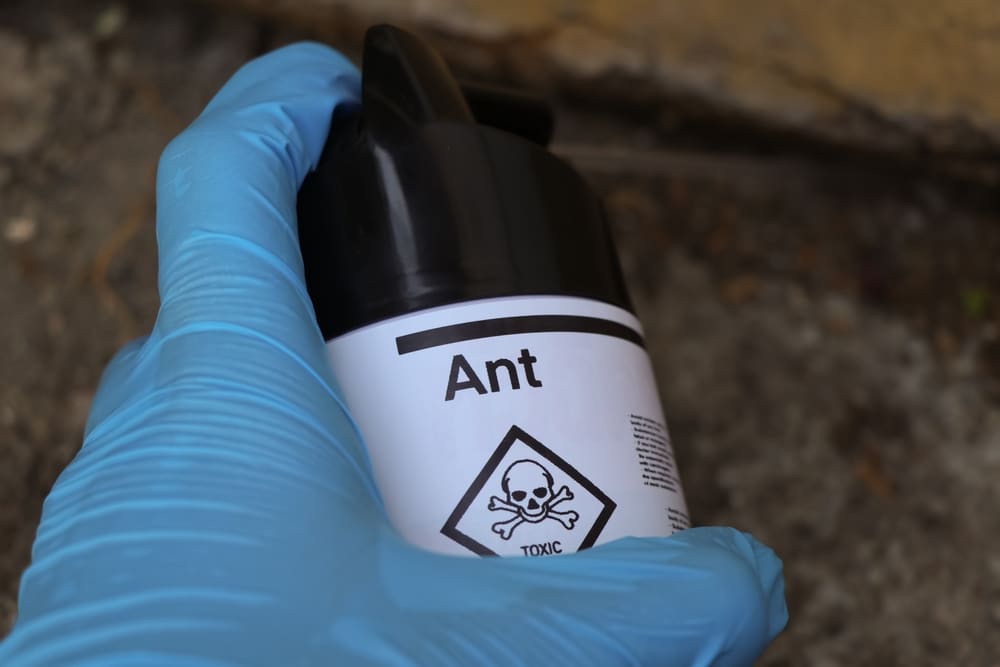
Professionals not only treat the current infestation but also provide advice and solutions to prevent future occurrences. This might include identifying and sealing entry points or modifying environmental factors that attract ants.
Win the War Against Ants with Emtec Pest Control
Suppose you have tried every preventive measure and DIY solution, but still, you’ve come up against one of the situations mentioned above. In this case, turning to a professional pest control service like Emtec Pest Control could be your best option.
At Emtec Pest Control, here’s what you can expect in terms of service and expertise:
- Identification of Ant Species: We focus on accurately identifying the specific type of ants infesting your space, as different species require different approaches for effective management.
- Customized Treatment Plans: Based on the species identified, we design unique treatment strategies tailored to address the specific ant problem you're facing.
- Safe Ant Removal: Our methods for eliminating ants are not only effective but also safe for both the environment and the inhabitants of your property.
- Inspection Services: We conduct thorough inspections to understand the extent of the infestation and identify the entry points for ants.
Dealing with ants can be a challenging and frustrating experience, especially when simple measures fail to keep them at bay. This is where professional expertise comes into play.
If you're ready to get serious about ant control for your home or place of business, give us a call. You can schedule your FREE, no-obligation inspection today - online or by phone at (918) 663-0613. Our team of experts is equipped with the knowledge and tools to provide a tailored solution to your ant problem.
Remember, at Emtec Pest Control, WE DON'T JUST GET RID OF PESTS, WE MAKE SURE THEY STAY GONE. Let us help you reclaim your space from unwanted guests and enjoy the peace of mind that comes with professional pest control.
At Emtec Pest Control, we are committed to safe and responsible pest control. We understand that your family’s safety is your number one priority, so we make it our priority, too.
If you have any other questions about any of these pests or pest control for your home or business, contact your Oklahoma pest control experts at Emtec Pest Control by calling us or by filling out our online contact form.
Our Service Areas
Northeast Oklahoma
- Bixby
- Broken Arrow
- Catoosa
- Owasso
- Jenks
- Sand Springs
- Sapulpa
- Skiatook
- Stillwater
- Tulsa
Central Oklahoma
- Edmond
- Moore
- Oklahoma City
- Yukon
